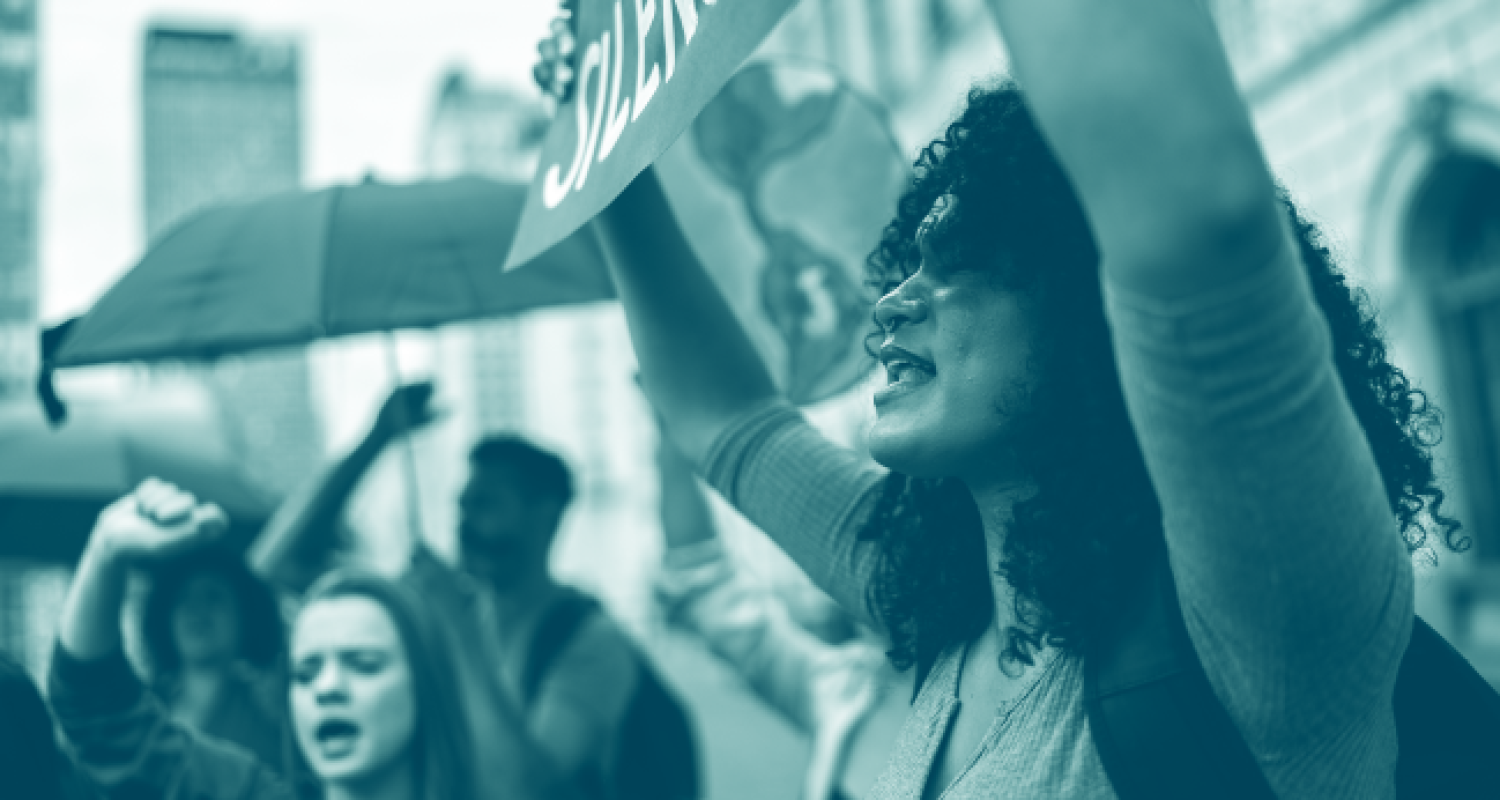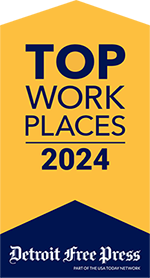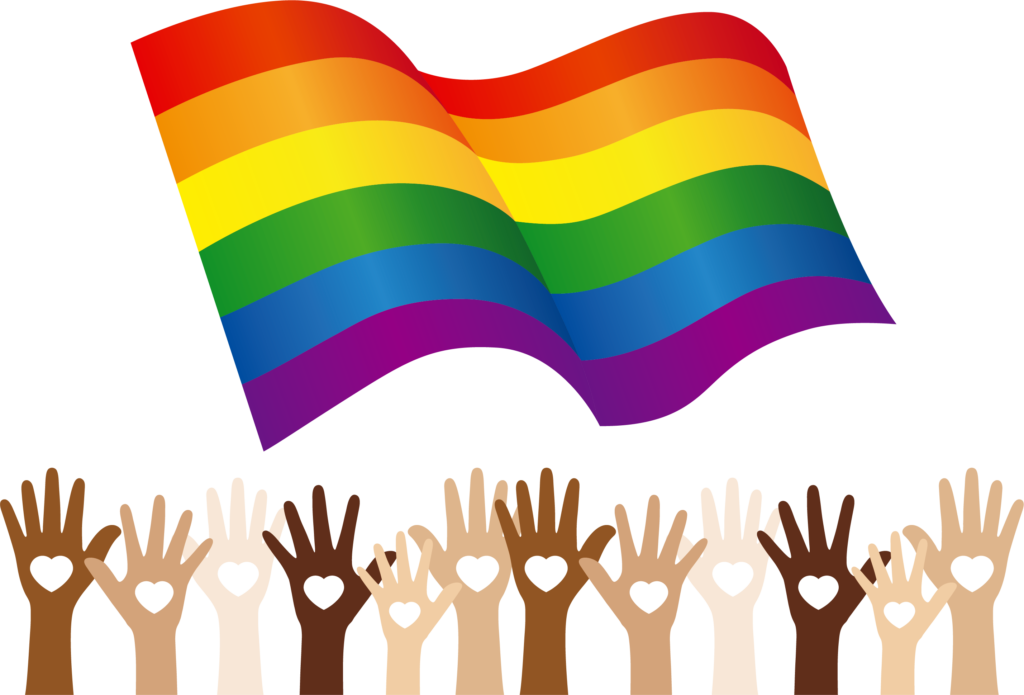Civil unrest isn’t a new concept—the United States (and more broadly speaking, the world) has always dealt with political and civil unrest to some degree.
The Boston Tea Party of 1773 is a prime example of this: Americans threw barrels of tea into the Boston Harbor to protest the British tea tax.
In the 1960s, both passive and violent civilians protested the Vietnam war, and more specifically, their discontent within a system and government they were rejecting.
While political and civil unrest are often used interchangeably, they don’t always refer to the same thing. Although both political and civil unrest can occur as a direct result of a political decision, proposed legislation, an election, or the current political landscape, civil unrest can also be a reaction to an event or the product of a slow buildup of agitation that results in a disturbance. To add even more nuance to the distinction of these terms, the lines between the two can become blurred when civil unrest becomes politicized. In a starkly bipartisan country, our tendency is to attribute political value or meaning to those we don’t agree with or don’t understand.
Simply speaking, civil unrest happens when people no longer trust the system they are a part of to make change.
Civil Unrest of 2020
When Derek Chauvin knelt on George Floyd’s neck in May of 2020, the mass protests and civil unrest that followed not only rocked the nation, but the world.
At R3c, we experienced this unrest extremely close to home, due to the location of our office just outside of Minneapolis where the murder occurred. Many of our own employees lived in Minneapolis and experienced civil unrest right outside their front doors. Minneapolis workplaces were heavily impacted by these events, not to mention workplaces across the country.
Workplaces not only experienced the impact of unrest physically at their offices, but also psychologically. As a nation, businesses and organizations learned that an event doesn’t have to happen right in your own backyard for it to disrupt the wellbeing of their people. The ripple effect of civil unrest is far reaching.
3 Key Considerations for Leaders to Address the Impact of Political and Civil Unrest on the Workplace
As a leader, it’s important to be aware of this ripple effect and to also be prepared to support your people in times of unrest.
The reality? Civil unrest isn’t going away. Not now, and probably not ever.
As midterm elections take place, the potential for civil and political unrest as a result of decisions that could be highly impactful is once again upon us.
According to Jeff Gorter, R3c’s VP of Crisis Response Clinical Services, here’s what leaders need to know about supporting their employees and workplaces during times of unrest:
Employees are seeking both physical and psychological safety.
In the midst of chaos in the outside world, understandable reactions to civil and political unrest might invoke a “fight or flight” response, also known as the “survival mechanism,” that is triggered when there is a real or perceived threat to one’s safety.
Employees may likely have concerns about the safety and security of their country, their communities, and their loved ones.
When heated ideological arguments and emotional debates arise at the worksite, this adds to the sense of risk or threat that employees might feel. Due to the potential for this dynamic to lead to violence in worst case scenarios, this longing for safety is an extremely rational response.
Employees might feel overwhelmed, angry, and anxious about the current state of affairs.
In unsettling situations and circumstances such as civil unrest, there might be a sense of anxiety and overwhelm in the workplace about what will come next. Employees that are close in proximity to protests might be scared that that their workplaces or homes will be hit by violence.
There is also anxiety and uncertainty present when pivotal decisions are on the table that could literally change our country, such as the indictment of Derek Chauvin and the other officers responsible for George Floyd’s death.
Feelings of anger towards other employees with differing ideologies and perspectives, sadness at the state of the world, and confusion as to how to help resolve the situation are all normal reactions when it comes to how employees might feel during times of intense unrest and civil discourse.
Doing nothing can be worse than doing the wrong thing.
If leaders don’t acknowledge the disruption and civil unrest happening outside the walls (literal or virtual) of their workplaces, it’s sure to disrupt the inside of their organization.
Pretending it isn’t happening won’t make it go away, and it certainly won’t help employees and their ability to lead healthy, productive work lives and thrive.
When employers show their employees that they care about civil unrest, political divide, and the issues that are affecting them, employees are much more likely to continue working for them and feel comfortable at work. Not to mention, teams are far more likely to work cohesively when tension and heavy emotions impacting their work are addressed.
So, what can leaders do help support the wellbeing of their employees when political and/or civil unrest occurs?
In order for leadership to be most affective, leaders have to be comfortable getting uncomfortable. This might mean taking the time to reflect on their own identities, belief systems, and biases and consider how these might impact how they support their employees.
If a leader assumes everyone ascribes to their viewpoint, this can detract from a leader’s ability to be effective in supporting their teams and workplaces.
Second, while remaining silent is not the answer, it is important to consider how words can impact employees of different backgrounds and ideologies when communicating in response to political and civil unrest. Additionally, avoid sharing opinions on the event and instead focusing on shared personal experiences, understandable reactions, and positive coping mechanisms is considered best practice in leadership, says Gorter.
Finally, leaders need to leverage support solutions available to them.
When stress, grief, trauma, and other emotional impacts of political and civil unrest are affecting employees, employers can support their workplace with services like R3c’s Disruptive Event Management and in cases where the unrest is creating a divide in the work environment Facilitated Discussions.
You don’t have to navigate the challenges unrest can create within your work environment alone, contact us today to get expert support for yourself and your people when the outside world disrupts the work world.

